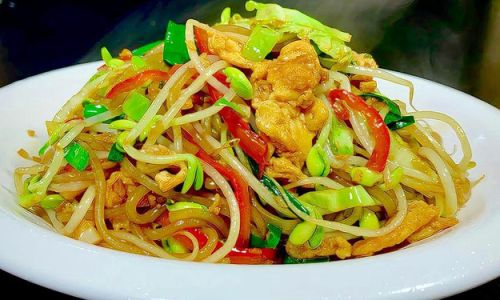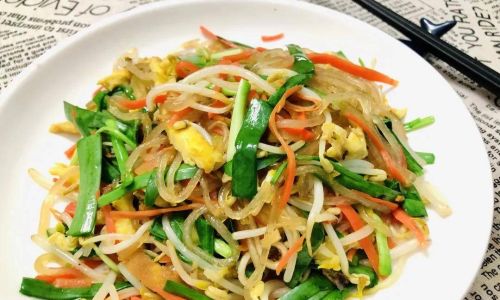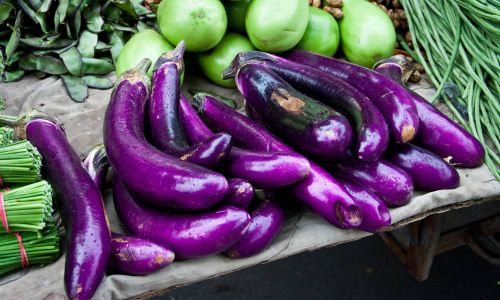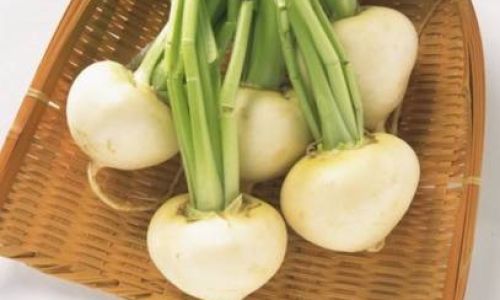Stir-Fried Mixed Vegetables, known in Chinese cuisine as chǎo hé cài, is a beloved dish that celebrates the harmony of flavors, textures, and colors. Rooted in simplicity yet bursting with complexity, this dish transforms everyday vegetables into a symphony of taste. Whether you’re a seasoned home cook or a novice in the kitchen, mastering this recipe allows you to create a meal that is both nutritious and deeply satisfying. This guide will walk you through every step, from selecting the freshest ingredients to perfecting your stir-fry technique, ensuring your chǎo hé cài becomes a staple on your dining table.
The Essence of Stir-Fried Mixed Vegetables
At its core, chǎo hé cài is a celebration of balance. The dish typically combines crisp vegetables like cabbage, carrots, and bell peppers with tender ingredients such as mushrooms, bean sprouts, and spinach. The result is a medley of contrasting textures—crunchy, soft, and slightly chewy—all united by a savory sauce. What makes this dish truly special is its adaptability; it can be tailored to suit dietary preferences, seasonal produce, or even pantry staples.
Selecting the Right Ingredients
The foundation of any great stir-fry lies in the quality of its ingredients. Here’s a breakdown of the key components:

-
Vegetables:
- Cabbage: Use half a small head, thinly sliced. Napa cabbage adds a delicate sweetness, while green cabbage offers a heartier crunch.
- Carrots: One medium carrot, julienned, for a touch of natural sweetness and vibrant color.
- Bell Peppers: Half a red and half a yellow pepper, sliced into thin strips, add visual appeal and a mild sweetness.
- Mushrooms: 4–5 ounces of shiitake or button mushrooms, sliced, contribute an earthy umami flavor.
- Bean Sprouts: 1 cup of fresh bean sprouts for a refreshing crunch.
- Spinach or Bok Choy: A handful of leaves, roughly chopped, for a tender green element.
-
Aromatics:
- Garlic: 3–4 cloves, minced, to infuse the dish with pungent depth.
- Ginger: A 1-inch piece, grated, for a subtle warmth.
- Scallions: 3–4 stalks, sliced diagonally, to garnish and add freshness.
-
Protein (Optional):
Tofu, shrimp, or thinly sliced chicken breast can be added for extra heartiness. Marinate proteins in soy sauce and cornstarch for 10 minutes before cooking.
-
Sauce:

A blend of soy sauce, oyster sauce, sesame oil, and a pinch of sugar forms the flavor base. For a gluten-free option, use tamari or coconut aminos.
Preparation: The Key to Efficiency
Stir-frying is a fast-paced cooking method, so preparation is critical. Follow these steps to streamline your workflow:
- Chop Vegetables Uniformly: Ensure all vegetables are cut into similar sizes to promote even cooking. Thin strips (julienne) work best for denser vegetables like carrots, while leafy greens should be roughly chopped.
- Prep Aromatics Separately: Mince garlic and ginger, and keep them in a small bowl ready to add at the right moment.
- Mix the Sauce: In a separate bowl, combine 2 tablespoons of soy sauce, 1 tablespoon of oyster sauce, 1 teaspoon of sesame oil, and ½ teaspoon of sugar. Stir until the sugar dissolves.
- Heat the Wok: Place a wok or large skillet over high heat. Allow it to become scorching hot before adding oil—this prevents sticking and ensures a searing heat.
The Stir-Fry Technique: Mastering High Heat
Stir-frying is as much about technique as it is about ingredients. Follow these steps for restaurant-quality results:
- Heat the Oil: Add 2 tablespoons of neutral oil (such as peanut or vegetable oil) to the wok. Swirl to coat the surface.
- Cook Aromatics First: Add garlic and ginger, stirring constantly for 30 seconds until fragrant. Be cautious not to burn them, as this will impart bitterness.
- Add Denser Vegetables First: Toss in carrots and bell peppers. Stir-fry for 2–3 minutes until slightly tender but still crisp.
- Introduce Mushrooms and Cabbage: Add these next, stirring vigorously for another 2 minutes. The cabbage will wilt slightly, absorbing the flavors.
- Incorporate Delicate Ingredients: Toss in bean sprouts and spinach. Cook for 1–2 minutes until just wilted.
- Pour in the Sauce: Drizzle the prepared sauce over the vegetables. Stir quickly to coat evenly, cooking for an additional 1–2 minutes to meld the flavors.
- Finish with Scallions: Remove from heat and garnish with sliced scallions. The residual heat will gently wilt the scallions, releasing their aroma.
Tips for Perfecting Your Stir-Fry
- High Heat is Non-Negotiable: Stir-frying requires temperatures above 375°F (190°C) to seal in flavors and textures. Invest in a wok if possible, as its shape and material distribute heat efficiently.
- Avoid Overcrowding: Cook in batches if necessary. Overcrowding the pan causes steam to build up, resulting in soggy vegetables.
- Taste and Adjust: Season with a pinch of white pepper or a splash of rice vinegar if needed. A tiny drizzle of chili oil can elevate the dish for spice lovers.
- Use Fresh Ingredients: Frozen vegetables release excess moisture when cooked, leading to a watery stir-fry. Opt for fresh produce whenever possible.
Variations and Customizations
One of the joys of chǎo hé cài is its versatility. Experiment with these twists:
- Protein-Packed: Add 6 ounces of marinated tofu or shrimp during step 3. Ensure the protein is cooked through before proceeding.
- Noodle Upgrade: Toss in cooked rice noodles or udon during the final minute of cooking for a heartier meal.
- Spicy Kick: Incorporate sliced Thai chilies or a teaspoon of doubanjiang (spicy bean paste) with the aromatics.
- Nutty Crunch: Sprinkle toasted sesame seeds or crushed peanuts before serving.
Serving Suggestions
Stir-Fried Mixed Vegetables pairs beautifully with:

- Steamed Jasmine Rice: The fluffy grains absorb the sauce beautifully.
- Pan-Fried Dumplings: Serve as part of a Chinese banquet-style meal.
- Lettuce Wraps: Spoon the stir-fry into crisp lettuce cups for a low-carb appetizer.
- Fried Rice: Use leftovers to create a colorful fried rice the next day.
Troubleshooting Common Issues
- Soggy Vegetables: Ensure your wok is hot enough and avoid overcrowding. Cook in batches if needed.
- Bland Flavor: Amplify the sauce with an extra splash of soy sauce or a dash of MSG (optional).
- Burnt Aromatics: Reduce heat when cooking garlic and ginger, and stir continuously.
The Cultural Significance of Stir-Fried Mixed Vegetables
Beyond its culinary appeal, chǎo hé cài embodies the philosophy of yin and yang in Chinese cooking—the balance of opposing forces. The dish’s vibrant colors mirror the five elements (wood, fire, earth, metal, water), while its blend of textures and flavors represents harmony. Historically, stir-fries were a way to use leftover vegetables, showcasing resourcefulness and creativity.
Conclusion: Elevate Your Everyday Meals
Stir-Fried Mixed Vegetables is more than a recipe—it’s a canvas for culinary expression. By mastering the basics of high-heat cooking and embracing seasonal produce, you can create a dish that delights the senses and nourishes the body. Whether you’re adhering to tradition or experimenting with bold twists, this versatile recipe invites you to savor the joy of simplicity. So grab your wok, sharpen your knife, and let the symphony of flavors begin. Your journey to stir-fry perfection starts here.






0 comments